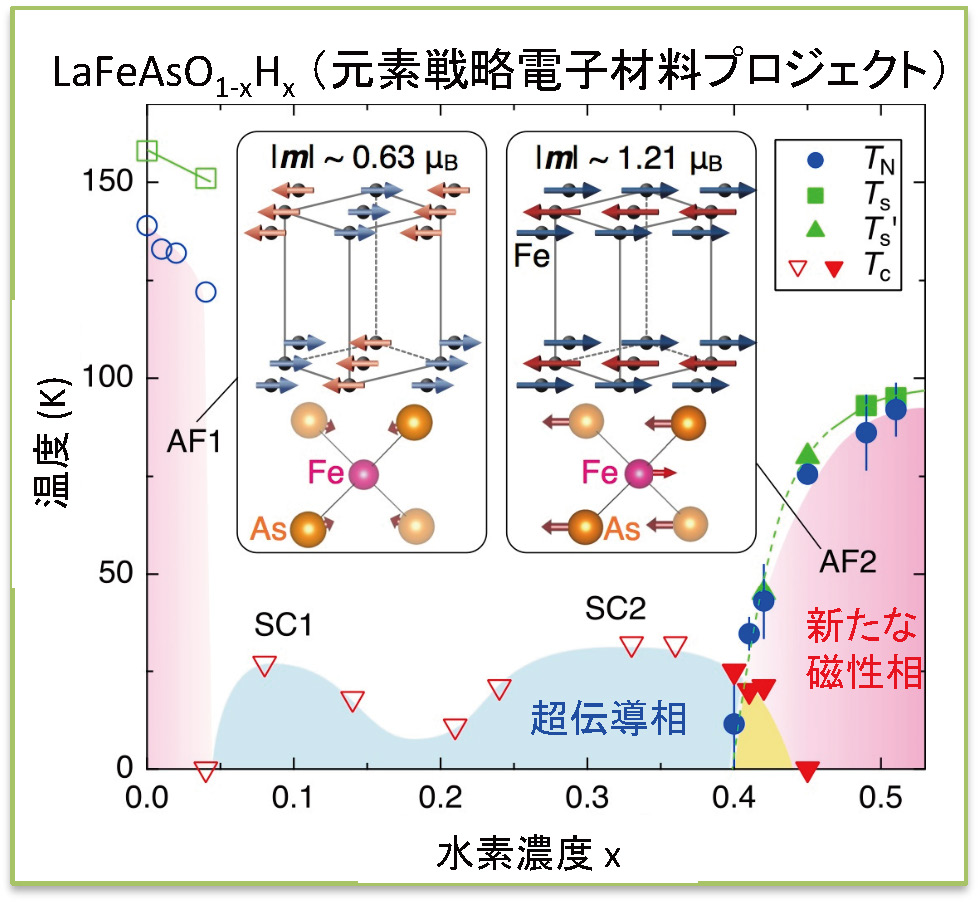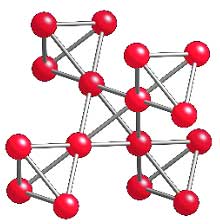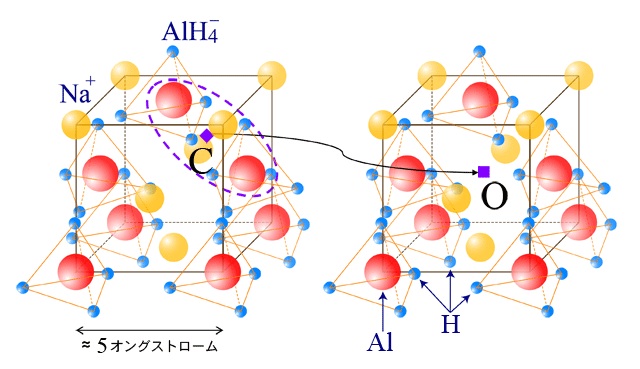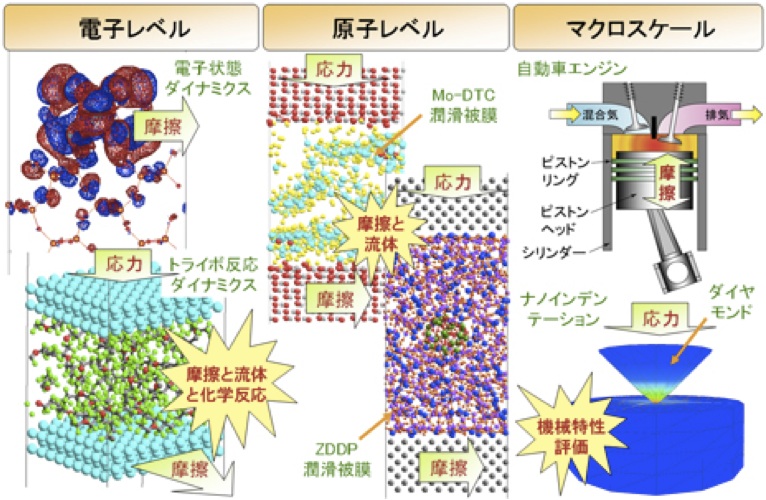Materials Structure Science Program > Neutron / Muon > Muon condensed-matter-physics group
Muon condensed-matter-physics group
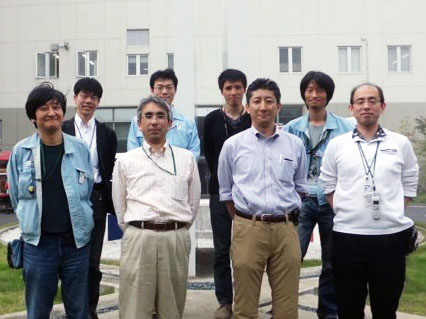 Group members
Group members
Our group is interested in investigating the microscopic properties of matter using a quantum beam of muons. A muon (μ), which interacts with matter in the same way as an electron and light, is a convenient particle with which one can investigate the state of matter at the atomic level. In addition, the muon measurement method provides information that cannot be obtained by other conventional methods. We believe that the muon beam is a new "microscope" that is as useful as light (X-rays) and electron beams for cutting-edge researches on materials and life sciences.
Currently, the world's most intense muon beam is available at the experimental facility at Tokai-mura. The muon beam is expected to contribute to a variety of fields including fundamental physics, condensed matter physics, and material and life sciences. Our Muon Condensed-Matter-Physics Group seeks graduate students who are eager to get involved in condensed matter physics research.
● Main research projects
Magnetism and superconductivity of copper oxides and iron-based superconductors
We are investigating the mechanism of high-temperature superconductivity by looking into how magnetism and superconductivity coexist and/or compete against each other within the same matter in the atomic level.
Geometrical electron correlation in transition metal compounds
Using materials having a crystal structure composed of a corner-shared network of regular tetrahedrons as testing grounds, we are investigating the properties of materials such as "heavy fermion (electron) state" that might be associated with frustration caused by antiferroic interaction (interaction that tries to arrange a degree of freedom, such as a spin, an orbital, or an electric charge, in the opposite direction) between atoms situated at the corners.
Novel physical properties caused by interstitial hydrogen
Hydrogen absorbed by a substance sometimes causes significant changes in the macroscopic properties of that substance, such as electrical resistivity, with a tiny amount like a few ppm. Such a small amount of hydrogen is difficult to be studied by conventional methods. By implanting muon that behaves like a light isotope of hydrogen and thereby serves to simulate the state of interstitial hydrogen atoms in matter, we are aiming at elucidating the mechanism how hydrogen changes the physical properties of a substance.
Friction and lubrication
To investigate the microscopic origin of friction, which is a common phenomenon in our daily life, we are studying the dynamic characteristics of soft matter over a wide time period by utilizing the muon's unique observation time window.
Members
| Name | Position | Fields |
|---|---|---|
| KADONO Ryosuke | Professor emeritus (SOKENDAI), Professor (KEK) | Condensed matter physics |
| KODA, Akihiro | Assoc. Professor | Condensed matter physics |
| TAKESHITA, Soshi | Assistant Professor | Condensed matter physics |
| UMEGAKI, Izumi | Assistant Professor |
● Experimental appratus
Materials and Life Science Experimental Facility, Muon Instruments
● Links
Muon Science Laboratory http://msl-www.kek.jp/folder_Eng/index_en.html
μSR Gruop http://msl-www.kek.jp/musr-g/ (Japanese only)

